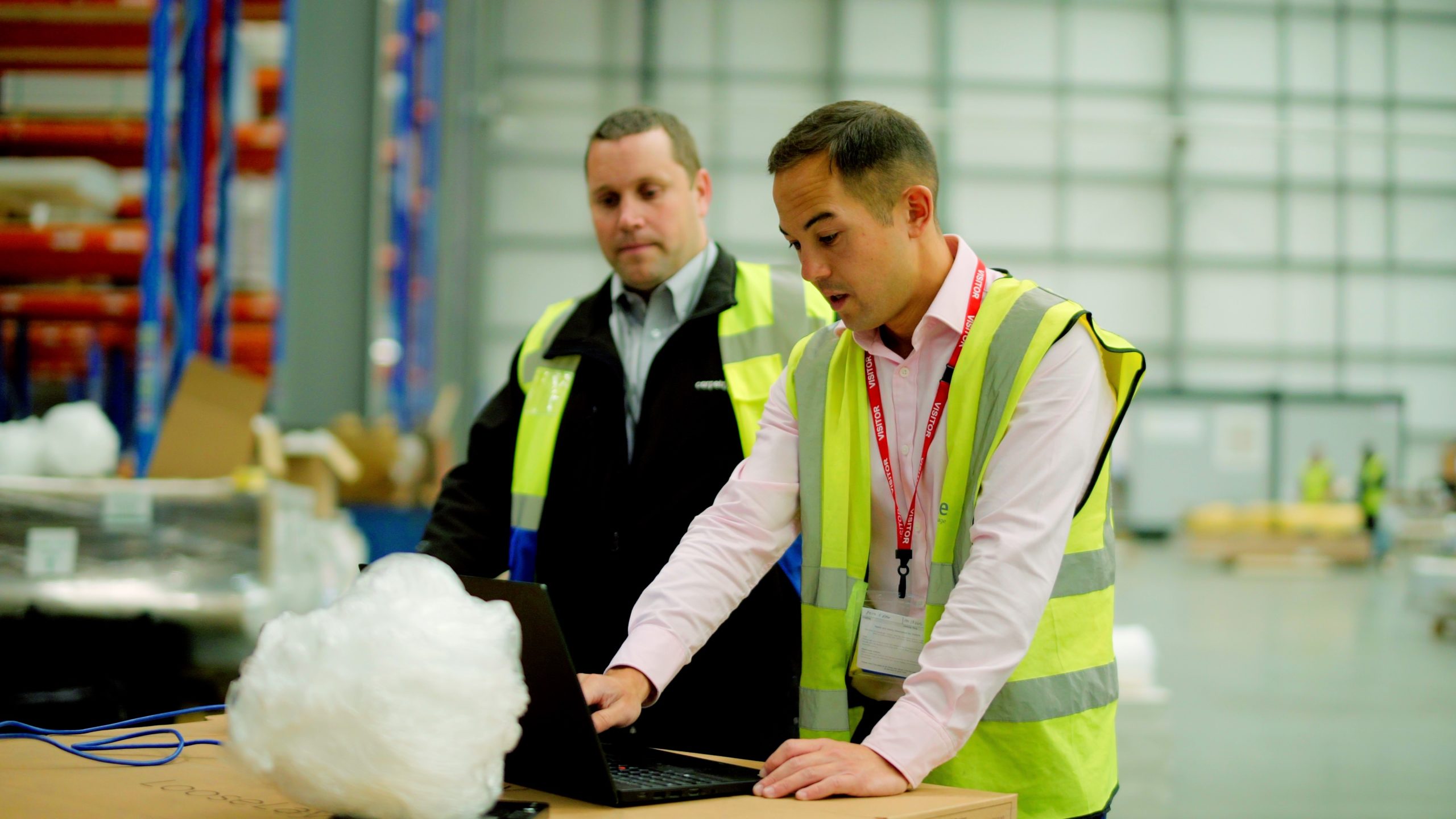In the world of logistics and warehousing operations, even the finest of margins in both cost and general efficiencies can make sizeable differences. From wrap types to load patterns, we’ve become experts in how to optimise load stability. In fact, we’ve helped save 50% in annual spend and reduced plastic waste by an incredible 78% in some cases. In this article, however, we’re going to dive into film and more specifically, explore the difference between standard and pre-stretched films…
Understanding Load Stability
For those new to the concept of load stability, allow us to start by explaining why it’s become such a key focus. In the era of innovation and machinery, load stability experts are optimising warehousing processes to save time, reduce waste, and ensure all loads are as stable as a rock. Reducing costs incurred for damaged goods and enhancing their reputation for reliable deliveries.

The Basics of Pre-Stretched Film
So, where does film, and specifically the amount it stretches, factor in?
Pre-stretched film is a wrap that has been stretched to its performance potential. Pre-stretched film is pushed to a sweet spot between 250-300% before being wound onto rolls. This means it requires less effort to apply and, in turn, secures loads more efficiently.
Why Pre-Stretched Film?
For those not used to working with the stiffness of pre-stretched films, it can take some adjustment. But once the user is more familiar with its lighter and taut application, the benefits are plenty. Goods are more tightly secured, physical strain and fatigue is lessened. Not to mention, the average meterage in your roll is increased, saving money and reducing the waste in plastic that comes from standard or rigid films.
Time and again we hear instances of how switching to pre-stretched has resulted in major cost savings whilst maintaining, if not strengthening, their loads in transit.

Standard Film Explored
Often made with lower grade polymers. Standard, or rigid film as it’s more commonly referred to in the industry, is a choice less frequently made in the age of innovation. Though it does require a bit more muscle to apply tightly. It’s also often thicker than pre-stretched, although that doesn’t necessarily mean it’s more reliable.
The Case for Rigid Film
The case often made for standard film is that it’s cheaper per tonne than pre-stretched rolls. Not only that, but when wrapping by hand, standard film has more give and may ‘feel’ as though loads are wrapped snug and secure. It’s also quite common to find rigid films to be thicker and therefore stronger than pre-stretched films.

Pre-Stretched vs. Standard Film: Which is Best?
When pitting these film types against each other, it’s not about declaring a winner but understanding which tool is right for the job.
Material Efficiency and Cost-Effectiveness
Pre-stretched film isn’t weaker because it’s thinner. This efficiency translates to cost savings, as you’re using less material for the same, if not better, load stability. The reduction in physical effort to apply the film is also a form of savings — less strain on your workers means fewer injuries and less downtime.
Environmental Impact
In today’s world, we can’t ignore the environmental aspect. Using less material is inherently better for the planet. Making pre-stretched film the obvious choice for those of us looking to improve the ecological impact of operations.
Adaptability
Though it may seem like pre-stretched is the obvious choice for overall savings and efficiencies. One area that standard film does excel is its adaptability. Specifically, with pallets that feature sharp edges for instance, the flexibility of standard film means you’ll often find it used with loads of unusual load shapes.
Ease of Use
Anyone who’s worked with both types of film will tell you that pre-stretched is easier to apply. It’s lighter, which means less fatigue for your team, whereas rigid film requires a bit more technique and physical effort to get that perfect wrap.
Another reason we find businesses love the transition is because of how much easier they are to apply. In turn, that reduces worker fatigue and improves general health and safety standards."

Conclusion
Choosing between pre-stretched and rigid film isn’t about giving up one for the other. It’s about understanding the strengths and applications of each. In the end, the right choice depends on your specific needs, your operational goals, and your commitment to sustainability and efficiency.
Want to know more about the difference between the two types? We suggest speaking to one of our load stability experts. Not only can they provide greater depth to the conversation, but visit you on site and provide a detailed report of how your current film holds up.
Book that appointment by using the contact form or calling the team now on 01524 734040.






















 Call 01524 734040
Call 01524 734040
 Email sales@castleindustrial.com
Email sales@castleindustrial.com
 We're here Monday to Friday 7am - 5pm
We're here Monday to Friday 7am - 5pm